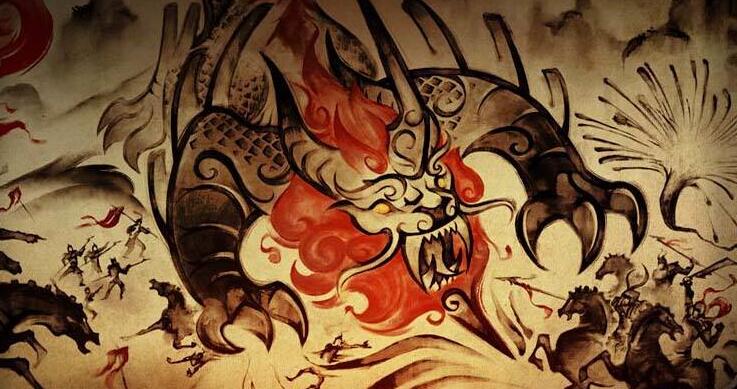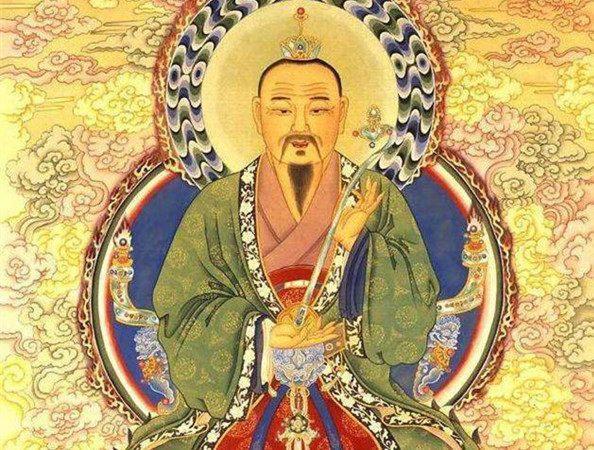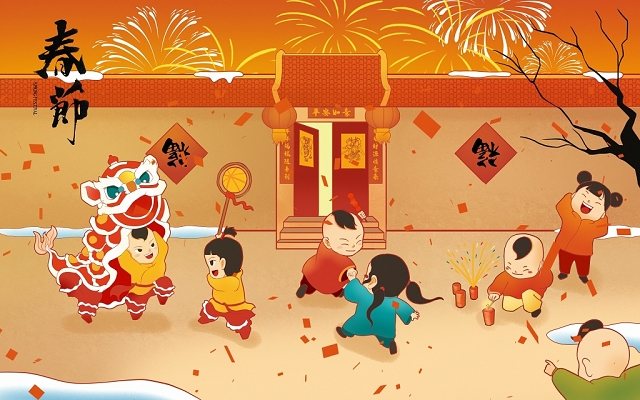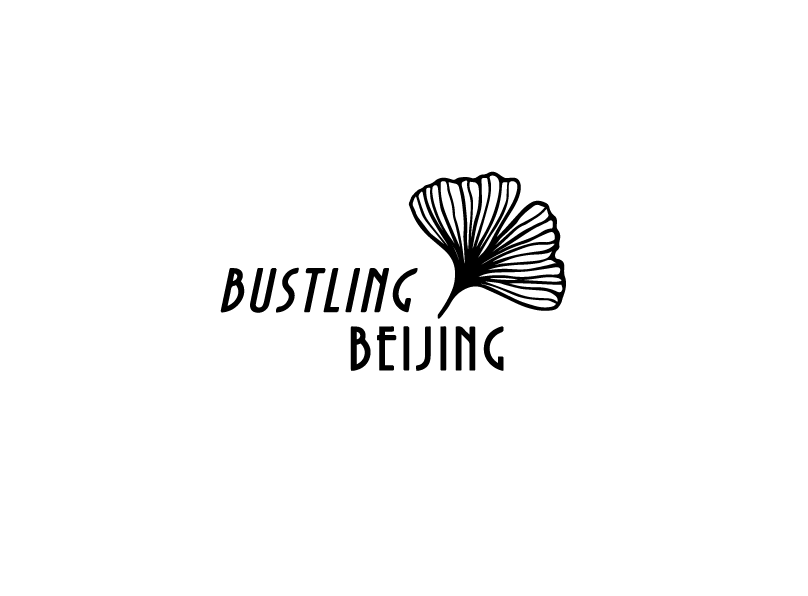Chinese New Year – When monster Nian comes to get you
The monster that cannot bear noise
Why do Chinese call celebrating Chinese New Year-Guo Nian (过年)? Nian in this case is not just the New Year, it also is a spell to chase away the Nian, which one could interpret as the last year, but which is actually a monster by the name Nian. Like in many ancient cultures, the end of winter is marked by celebrations and rituals that chase away evil spirits.
The legend
The legend behind the celebration is actually quite funny and gives some insight into old traditions.
There once was a monster called Nian(年). Its teeth were sharp and its horns were intimidating to say the least. The body was that of a bull and its head looked like that of a lion. If you have little kids you might be reminded of the popular book The Gruffallo.

The monster spent most of the time secluded in the deep sea or in the mountains. At the end of winter however -sounds a lot like the end of a deep hibernation- it would come out and feast on peoples´ flesh and on farm animals.
In order to avoid being eaten and losing all their livestock, farmers would run for the hills, to avoid the beast. In the high mountains they hoped to be safe. They would leave food in front of the doors in order to stop any destruction by the Nian. Sounds a lot like sacrifices to spirits or gods for protection and safety like in many ancient cultures and tribal societies. And it seems the Nian had no problem changing diet from man flesh to some dumplings and maybe bone soup?
Yet, one day things changed. Around the time that people would start running for their lives, an old wise man would enter one of the villages. At those times societies still had some respect for age and acquired wisdom. Like in any good story, he seemed frail and yet there was some inner strength in him that foreshadowed the following events.
Some people wanted to be charitable, tried to help the old guy and gave him some food, urging him to flee with them. The old master however -Yoda or master
Ugui from Kungfu Panda come to mind- kept his cool. He told them he would chase away the evil spirit if he was allowed to stay in the village for just one night. To me that seems like a bargain. Being rid of a monster for just a bowl of soup? But the villagers were less cynical and begged the old timer to run for safety. However, he would not budge and so they left him to his certain death – or so they thought.
Now, for all you Eastern movie fans, imagine the atmosphere of A Chinese Ghost Story. The monster creeps into the village. Yet, this time something is different. A single lonely shed is not dark and empty. Its windows shine brightly. The doors and windows are all pasted with strips of red paper, magic spells written all over. The inside is lit by thousands of candles.
The beast starts trembling. You would as well, if you enter a village to commit a decent genocide or at least pillage a little and things don’t go as expected. Someone was not afraid? Like the schoolyard bully that suddenly realizes he cannot exert his power anymore because his victim is not caving. The demon gets irritated, furious, and full of rage it wants to kick in the front door.
Suddenly, with a loud cracking, noise starts all around in the courtyard. The beast is shocked. Like Gandalf riding down the hill, the old master bursts out of the door clothed in red while screaming and laughing like the mad man that he quite possible was, showing defiance and lack of fear. And like all good bullies, the Nian, shocked by the sudden resistance and intimidated by all the noise and the light turns and runs for safety into the dark where it belongs.
When the villagers returned, they quickly realized that nothing was damaged. And full of sadness they assumed that the old beggar might have pacified the Nian by being eaten. However, when they find the shed all cluttered with red papers, see the burnt down candles and the rests of burnt bamboo, they get a cage idea that the old man had powers beyond their imagination. Obviously loud cracking sounds of burning bamboo, light and all red things averted the onslaught of the beast.

Some legends spin the story further. They tell that in the end the Nian was captured by a Taoist monk called Hongjun Laozu[i] (鸿钧老祖), and Nian became Hongjun Laozu’s mount.
Like with all good ancient stories and legends the variations abound and so some tell a different version, namely that the Nian once wanted to devour a man who was walking on the street. But he -bad luck for the Nian- was wearing a red tunic which scared the evil monster so that it ran away. Once the people understood that the color red was the key to safety they all wore red around the time when they assumed the Nian to come out of its layer.
One of the other versions of the story tells that the old man lived for some time with the villagers and in the end taught them how to protect themselves with the magic color red and some good old noise.

The news spreads and from that time onward every year all Chinese make noise, light fireworks, dress themselves and their homes in red and decorate streets and malls with lights and red ornaments. Therefore, the lanterns (lantern festival is the fifth day after new year), therefore the fireworks, and therefore the Chinese lucky color not only for this occasion but in every temple and even on the wall surrounding the government district in Beijing. Every Chinese household will paste new red paper couplets on the door with prayers, some encouraging saying, or magical spells. Being reminded of the Israelites in Egypt marking their homes with blood to avoid the plagues? Make of it what you want. Some things are as old as civilization itself and who knows what the connections are.
Past and Present
Reaching back many thousands of years it probably is one of the most ancient festivals still celebrated today. Buddhism, Daoism and Confucianism are merely new trends compared to the long track record of this ancient tradition. Archaeologists have found proof in oracle bone inscriptions for this claim. The festival goes back at least 3000 years, though many speculate it might be at least another thousand years older.
The date of the new year is following -like Easter- the lunar calendar. It is celebrated on the first day of the first month of the Chinese Lunar Calendar. But why at that time? Easy – It is the first day of the second new moon after the day of the winter solstice (on some rare occasions it will be the third new moon). The holiday is a two weeklong festival (reminds me of the 12 days of Christmas) and ends with the lantern festival which takes place on the 15th day of the first month of the lunar year – the day of the first full moon. If you follow the lunar calendar, the festival starts on the 23rd or 24th of the 12th month of the lunar year. Hmmmmm!
With the spread of Chinese diaspora all over the globe since the 19th century and the increasing Chinese soft-power initiatives, Chinese year is also being celebrated in many Asian countries which influenced by Chinese culture, such as Vietnam, Singapore etc. The Chinese New Year festival is coming into the focus of Westerners as well. Why not? Christmas and Halloween have become a global phenomenon independently of religious or cultural affiliation too.
In former more religious times, the emperor and his court would engage in a highly important ritual which was believed to bring prosperity and safety to the lands. Like in ancient Mesopotamia and similar agricultural societies the lunar calendar was of the utmost importance. So, the high priest or the ruler, sometimes both in one, presided over the execution of certain rituals that guaranteed the wellbeing of the farmland and the people.
What happens now that the head of states stopped worshipping the higher powers in the middle kingdom – one might wonder. But don´t be afraid, as long as there is fireworks and red color, there will be no Nian to eat us! Hopefully…
[i] Hongjun Laozu is a Taoist character in the novel “The Legend of the Gods” of the Ming Dynasty

